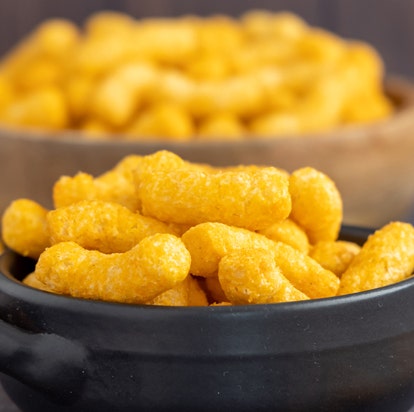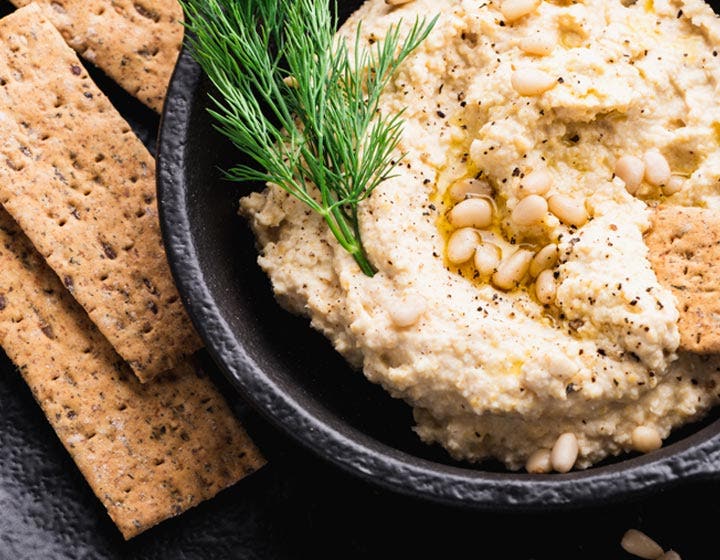
Create plant-based snacks with healthy appeal
Differentiate with non-GMO, gluten-free flours, concentrates and isolates

Consumers want more than great taste and crunch in extruded crisps and snacks. They also want to feel good about their snacks — and seek healthier choices that are high in protein, fiber and micronutrients.1
How can you enhance the nutrition and label appeal of crisps and snacks?
With Ingredion's portfolio isolates, now success is in the bag. Sustainably sourced from on-trend plants such as peas, these plant proteins enable you to deliver unique flavors, clean labels and winning nutritional benefits, while enjoying functional benefits in formulation.
Draw from our innovative lineup for crispy, salty snacks
Boost the good-for-you benefits. Break out from the pack with clean label, non-GMO and gluten-free claims. Whether you need to replace wheat, or control expansion in extruded crisps, Ingredion has the plant-powered solution to help your product win with today's consumers.
Support high levels of protein: VITESSENCE® Pulse pea protein isolates
Plant-based proteins are among the most highly accepted ingredients across applications2

Raise the bar with our latest plant protein solution for cold pressed bars
Introducing VITESSENCE® Pea 100 HD, a proprietary plant protein optimized to deliver softness throughout shelf life and superior texture and taste for a consistently enjoyable eating experience.
A better choice for consumers, and the planet
Did you know that pulse proteins require 100 times less water3 than animal protein, and 4–7X less energy4 than the same amount of animal proteins to produce? Learn more about the sustainability advantages of pulses in the video below.
Let’s make your goals a reality
Agile collaboration. Deep formulation expertise. Broad portfolio of in-demand ingredients. Market research and consumer insights.
Sources
1. Ingredion proprietary research with Mintel, August 2020.
2 Ingredion ATLAS proprietary consumer research, 2021
3. González, A. D., Frostell, B., & Carlsson-Kanyama, A. (2011). Protein efficiency per unit energy and per unit greenhouse gas emissions: Potential contribution of diet choices to climate change mitigation. Food Policy, 36(5), 562–570. https://doi.org/10.1016/j.foodpol.2011.07.003
4. Schutyser, M. A. I., Pelgrom, P. J. M., van der Goot, A. J., & Boom, R. M. (2015). Dry fractionation for sustainable production of functional legume protein concentrates. Trends in Food Science & Technology, 45(2), 327–335. https://doi.org/10.1016/j.tifs.2015.04.013
